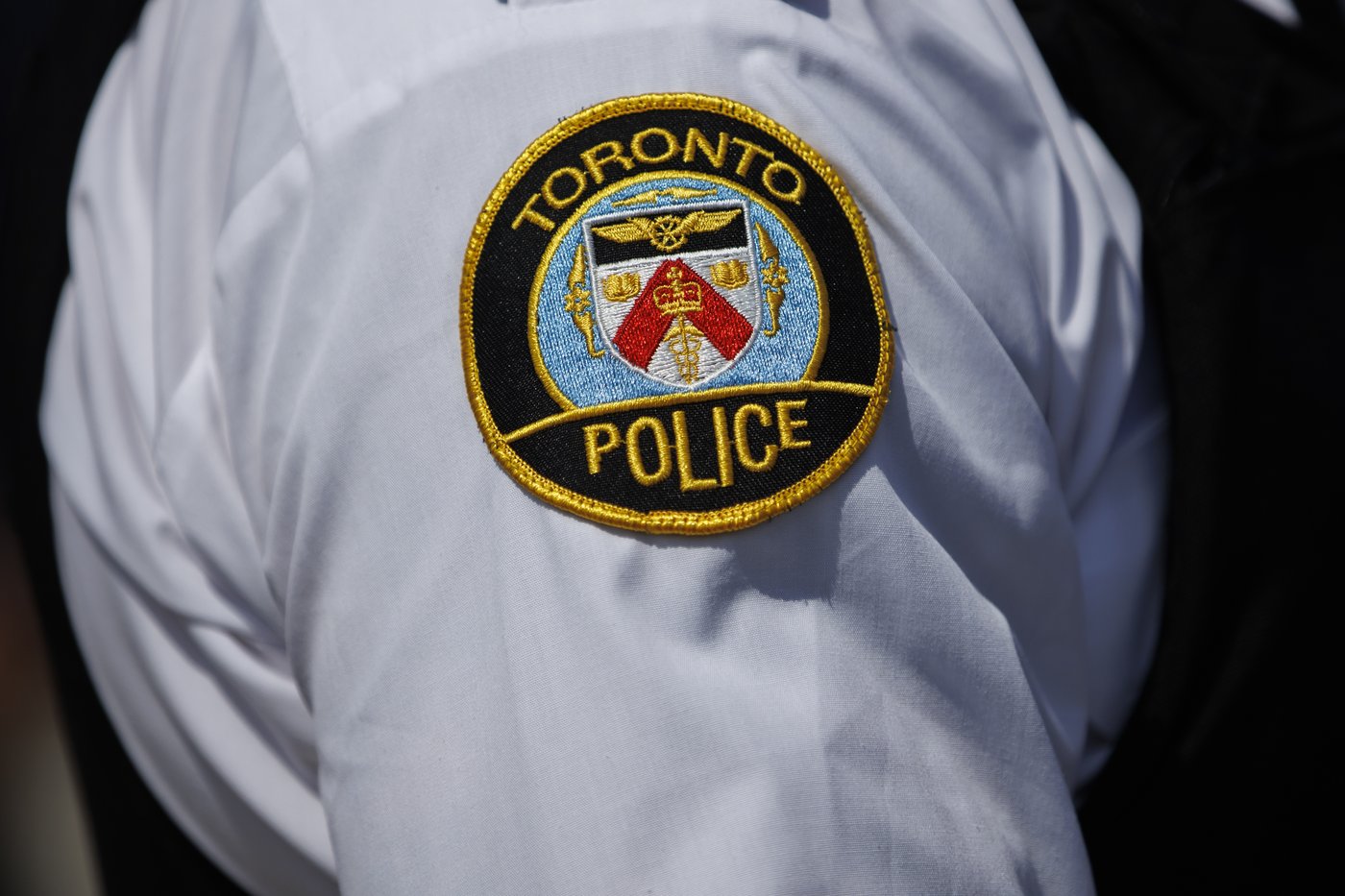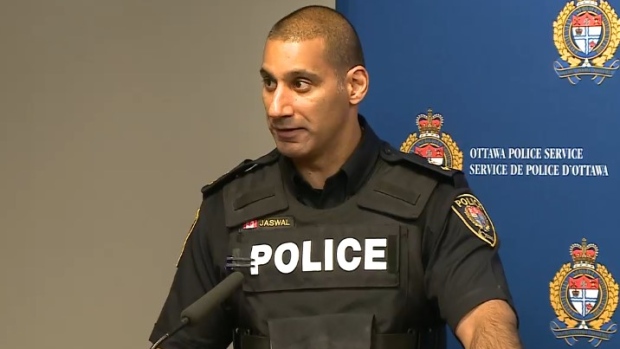- 14 Posts
- 32 Comments

Description was added after my original post and I agree it’s bad (looks like AI generated drek). That said, the video is good and worth a watch.

Well thanks for that - it’s solid discussion!

Is there a reason this is being down voted so much? I’ve only watched the first few minutes and I was actually surprised I hadn’t come across this channel before.

 83·2 months ago
83·2 months agoThere’s a difference between defending oneself and engaging in collective punishment and genocide. I am Jewish and the descendent of holocaust survivors. Not in my name.

I went to your Lemmy profile, nothing there.
Thanks for providing the link - but I think that you should have posted it here instead of responding with derision.

I’m assuming you meant to include an image here?
I live through the smoke every year, and have had to retrofit a ton of of air filters into my home. Believe me, I know - I live and play in the areas that are burning. But someone asking for a reference is a GOOD thing and responding dismissively doesn’t sway people to better understand, it turns them off of your message.

I don’t see any of the pinned posts in your post or comment history. While I agree on the urgency of addressing climate change and agree that we need to substantially increase the speed of our deployment of renewables, it’s completely reasonable for someone to ask for sources.
We need MORE fact checking, not less. When someone asks me for sources, I’m THRILLED to share with them, because that is someone who is interested and thinking critically. It’s someone I can have a dialogue with.

The upshot is every time this guy starts freaking out I find a cool new event to attend.

Oof… Not a good look for Canadian soccer. An analyst specifically stating that they were unwilling to spy because they were being pressured to do so…

The willingness to try and legislate away strikes is really problematic…

My hope is that this will give the Liberal party the courage to look for new leadership. Trudeau was great when he started, but a decade in the spotlight has worn him down and tainted his brand (fairly or unfairly).
The Liberals under Trudeau are trying to get elected on a platform of ‘more of the same’ when a lot of Canadians are unhappy. A new leader, with a new vision and a solid platform could have a fighting chance against PP. But under Trudeau the party feels like they’ve given up.

As a middle-aged, cis, hetero, mostly neuro-typical guy living in Calgary - I see you, I value you, and I care about you. I can’t pretend to understand what your life is like - but you deserve every bit as much happiness and support as anyone else.

 8·5 months ago
8·5 months agoTotally agree.
Moderating models for safety is a problematic idea. Prusa then bears liability in the event that a model fails. 3D printing works only because it’s the person who physically makes the print who has the ultimate responsibility to determine if it is safe and fit for purpose.
If you don’t like the competitions, don’t take part. Personally I view them as a nice way to encourage the community to share ideas.

Totally agree.

I think this case snuck under a lot of people’s radar. Police officers used their powers to stalk an elected official because they didn’t like her position on a topic. The subsequent oversight investigation recommended charges and the Crown elected not to proceed.
How are these officers still employed? They repeatedly breached the trust and responsibility endowed upon them by the public.

Aww, thanks!
For location, it’s balancing competing interests again, spiced with the excitement of trying to see 50 years into the future.
A 2m pipe takes up a lot of room and very rarely gets dug up. Roads are the easy place to put them. Otherwise they tend to end up under buildings as development goes on. Alternatively, you would need massive setbacks from the road to businesses and homes. People also like to do things like build basements which are generally deeper than water and sewer lines. Water and sewer are generally 2.5m down to minimize freezing issues in winter. My basement goes down 3m and there’s a sump below that. Bigger buildings with multi-story parkades can go seriously deep. As a result, a lot of utilities, which should rarely need excavation, go under the road.
Subways often run along roads for similar reasons. Vancouver is expanding their subway (sky train), and it mostly follows roads because its cheaper and easier to dig down and burry it than to bore tunnels (see Toronto’s nightmare with stuck boring equipment).

So this is actually happening about 100m from my house, my partner is currently staying with a friend so she can watch their kid because that friend works for the Calgary Emergency Management Agency (CEMA) and is working night shift doing analysis and mapping. I also used to work as a pipeline integrity engineer (but being a dirty hippy I took a catastrophic pay cut to move into sustainability consulting a few years ago). What I’m trying to say is that I am up close and personal with this in a way few people are.
Calgary and Edmonton are less conservative than you think - the cities mostly vote NDP and the UCP gets elected by the farmers and oil field workers. The mayors of both cities are at constant war with the provincial government who just introduced new rules to keep the cities from being able to work with the feds without permission. Alberta is still way more conservative than I like, but so are a lot of provinces.
Now - the break. This is the largest section of the main artery of the municipal water system. It’s made from rebar reinforced concrete, is 2m in diameter, and was built in 1975. With steel pipe there’s lots of very cool and sophisticated tools you can use for inspection. You can run ‘Smart Pigs’ down steel pipe which can use ultrasonic sensors to check for internal and external pitting and you can use magnetic flux leakage to inspect for cracks. Concrete is brutal to inspect. The city recently installed acoustic monitoring in this area; these are basically microphones that are trying to listen for cracking or debonding of the concrete from the rebar. This pipe is next to/under the Trans Canada Highway. So you are trying to listen for micro-cracking in the middle of a speed-metal concert and most of the damage that caused this would have accumulated over decades - there’d be little to no warning.
Integrity engineering is about risk and risk is a combination of how likely an outcome is and the consequences of that outcome. With potable water, the consequence is normally pretty low. Water distribution systems normally leak like crazy because the money required to make them perfectly water tight is way better spent on social services. This particular site was always going to be catastrophic if it failed, and the city was doing everything they could to try and manage the risk. Simultaneously, they are trying to manage it without shutting down one of the key road arteries, without spending millions of dollars unnecessarily, and without the risk to people and infrastructure that come with major earthworks in congested areas (look at what’s happening with UBCO’s construction in Kelowna).
Calgary actually has a lower loss rate in our water distribution system than the majority of major cities.
I would love to call the water department incompetent since I currently have a lake next to my house, haven’t had a shower, done laundry, or washed dishes in three days - but having gone to technical presentations by the city’s water system integrity team, and having some expertise in the field, I have mad respect for the people who manage our water system.

 24·5 months ago
24·5 months agoWhen asked how many customers would be affected, the company said that while precise numbers are not yet available, up to four customers may be impacted. “I would like offer our sincere apologies to Aunt Sue, Uncle Frank, Mike, and Jodi.”
Ahhhh nuts… I didn’t notice the stickers…







I wanted kids when I was younger, but wasn’t ready to give up my freedom. Once I was ready for kids the world (and the future in particular) looks so bleak that it doesn’t seem fair to the theoretical kiddo to say ‘hey, here’s a dumpster fire - good luck’. Instead I babysit for my friends and family, spoil the kids around me, and sleep in on the weekend. I also have more time for activism and trying to ensure a brighter future for kiddos.
No regrets.